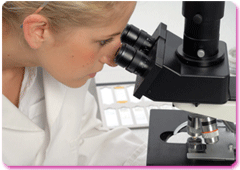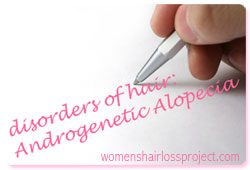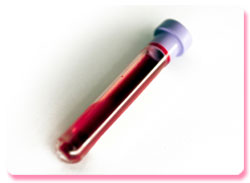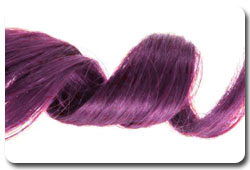 A Blog Post By Dottie
A Blog Post By Dottie
Hey y’all,
I noticed that we use a lot of abbreviations when we talk about our histories & diagnoses here. I thought a simple index might help alleviate some confusion for the newbies. I included some basic information because I know that it took me awhile to figure some of this out, and I’m an RN! So here it goes…
AGA – Androgenetic Alopecia (AKA Androgenic Alopecia) is a common form of hair loss in both men and women. In men, this condition is also known as male-pattern baldness. The pattern of hair loss in women differs from male-pattern baldness. In women, the hair becomes thinner all over the head, and the hairline does not recede. Androgenetic alopecia in women rarely leads to total baldness. A variety of genetic and environmental factors likely play a role in causing androgenetic alopecia. Although researchers are studying risk factors that may contribute to this condition, most of these factors remain unknown. Researchers have determined that this form of hair loss is related to hormones called androgens.
Spiro – Spironolactone is a diuretic commonly prescribed for treatment of high blood pressure, but due to its anti-androgen properties may also be prescribed for hair loss.
AA– Alopecia Areata is a form of hair loss from areas of the body, usually from the scalp. Because it causes bald spots on the head, especially in the first stages, it is sometimes called spot baldness. In 1%–2% of cases, the condition can spread to the entire scalp (AAT-Alopecia totalis) or to the entire body (AAU- Alopecia universalis). Alopecia Areata occurs more frequently in people who have affected family members, suggesting that heredity may be a factor. In addition, it is slightly more likely to occur in people who have relatives with autoimmune diseases.
TE– Telogen effluvium is characterized by sudden, diffuse hair loss caused by an interruption in the normal hair growth cycle. A typical example of telogen effluvium is seen after pregnancy. In this condition women lose a significant amount of hair a few months after delivery when the protective effect of estrogen is removed. This shedding usually stops spontaneously and these patients will (generally) re-grow hair after 3 months.
Basics of hair cycles: In a normal healthy person’s scalp about 85% of the hair follicles are actively growing hair (anagen hair) and 15% are resting hair (telogen hair). A hair follicle usually grows anagen hair for 4 years or so, then rests for about 4 months. The resting or telogen hair has a club or bulb at the tip. A new anagen hair begins to grow under the resting telogen hair and pushes it out. Thus, it is normal to lose up to about 100 hairs a day on one’s comb, brush, in the basin or on the pillow, as a result of the normal scalp hair cycle.
PCOS– Polycystic Ovarian Syndrome is an endocrine disorder that affects approximately one in ten women. It occurs amongst all races and nationalities, is the most common hormonal disorder among women of reproductive age, and is a leading cause of infertility. The principal features are weight problems, lack of regular ovulation and/or menstruation, and excessive amounts or effects of androgenic (masculinizing) hormones. The symptoms and severity of the syndrome vary greatly between women. While the causes are unknown, insulin resistance, diabetes and obesity are all strongly correlated with PCOS. Common symptoms of PCOS include irregular, few, or absent menstrual periods, infertility, unwanted body hair, acne, and androgenetic alopecia.
I am not a physician, nor do I claim to know everything about female hair loss… I just hope that someone might find this helpful! I wish that there had been an easy “one stop” place for me to look for answers 20 years ago when I started loosing my hair. Maybe this information can help someone out there find answers.
About the author: Dottie is a community member of the Women’s Hair loss Project. To learn more about her and read her other blog posts, visit her profile: http://community.womenshairlossproject.com/Dottie/
{ 0 comments }
















